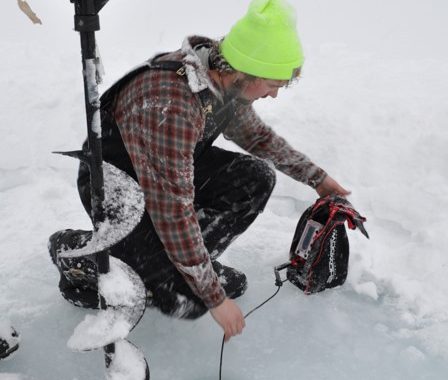Abstract:
Understanding the historical distributions of species is vital to the conservation and restoration of native species, yet such information is often qualitative. We show that the paleolimnological history of threatened freshwater fishes can be reconstructed using species‐diagnostic markers amplified from environmental DNA deposited in lake sediments (lake sedDNA). This method was validated through the detection of lake sedDNA from non‐native trout (Yellowstone cutthroat trout, Oncorhynchus clarkii bouvieri), which corroborated historical records of human‐mediated introductions. We also discovered native trout (westslope cutthroat trout, Oncorhynchus clarkii lewisi) lake sedDNA that predated human‐mediated introductions of freshwater fishes in a watershed with high topographical relief. This unexpected result revealed that the westslope population was of native origin and requires immediate conservation protection. Our findings demonstrate that lake sedDNA can be used to determine the colonization history of freshwater fishes and the structure of ecosystems, aiding in the identification of native ranges, novel native diversity, and introductions of non‐native species.
Citation: Nelson-Chorney, H., Carli, C.M., Davis, C.S., Vinebrooke, R.D., Poesch, M.S., and M.K. Taylor (2019) Environmental DNA in lake sediment reveals biogeography of native genetic diversity. Frontiers in Ecology and Evolution 17: 313-318.
Also Read:
*Lab members: Hedin Nelson-Chorney, Mark Poesch. Check out opportunities in the lab!

